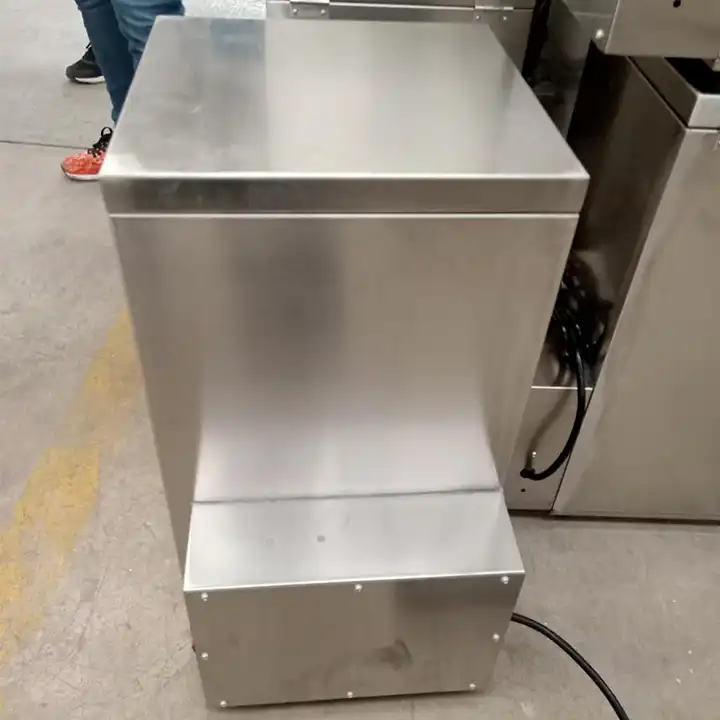Egg Carton Production Equipment for Sustainable Packaging Solutions
Dec . 05, 2024 08:52 Back to list
Egg Carton Production Equipment for Sustainable Packaging Solutions
The Egg Tray Molding Machine Revolutionizing Packaging Solutions
In recent years, the demand for eco-friendly packaging solutions has surged, prompting industries to seek sustainable alternatives. One of the most innovative solutions to emerge in this realm is the egg tray molding machine. This machine not only addresses the need for effective packaging but also contributes to environmental sustainability by utilizing recycled paper waste.
Understanding Egg Tray Molding Machines
Egg tray molding machines are specialized equipment designed to produce egg trays from recycled paper pulp. The process begins with the collection of waste paper, which is then broken down into a slurry. This mixture is molded into the shape of an egg tray using a specific mold. After forming, the trays undergo a drying process to ensure they maintain their structural integrity and can adequately protect eggs during transportation and storage.
These machines can vary in size and capacity, catering to diverse production needs. For instance, smaller machines are suitable for local businesses, while larger industrial machines can produce thousands of trays per hour, meeting the demands of large-scale egg producers and distributors.
The Process of Production
The production process of egg trays using a molding machine typically involves several key stages
1. Pulping Waste paper is collected and gathered. The paper is then pulped in a mixer with water, creating a fibrous slurry. This allows the cellulose fibers from the paper to be utilized optimally.
2. Molding The slurry is poured into a mold where it takes the desired shape. The molds can be adjusted to create various designs, including trays that can hold different quantities of eggs.
3. Drying Once the trays are molded, they need to be dried. Depending on the machinery, this can involve air drying or using heat to accelerate the process. Adequate drying is crucial to ensure the trays are sturdy enough for use.
4. Finishing After drying, the trays may undergo additional treatments, such as surface finishing or quality checks, to ensure they meet necessary standards.
egg tray molding machine

5. Packing Finally, the finished egg trays are packaged for distribution to egg producers or retailers.
Environmental Benefits
One of the primary advantages of egg tray molding machines is their contribution to environmental sustainability. By using recycled paper, these machines help to minimize waste and reduce the reliance on plastic packaging, which is a significant contributor to environmental pollution.
Furthermore, the production of egg trays through this method consumes less energy compared to conventional plastic manufacturing processes. The utilization of renewable resources and the recycling of paper waste make egg tray molding machines an eco-friendly option for businesses looking to improve their environmental footprint.
Economic Advantages
In addition to their ecological benefits, egg tray molding machines also offer economic advantages. The low cost of raw materials—primarily recycled paper—makes the production process cost-effective. Moreover, businesses can reduce packaging costs while enhancing their product's marketability by using sustainable packaging solutions.
The potential for profit is significant, as the demand for egg trays is high, particularly in regions with a booming poultry industry. Companies that invest in egg tray molding machines can tap into this market, providing a service that aligns with the growing consumer preference for eco-friendly products.
Conclusion
The egg tray molding machine stands at the forefront of sustainable packaging technology. By converting recycled paper waste into practical and eco-friendly egg trays, these machines not only help protect delicate products during shipping but also advocate for a greener approach to business.
As industries strive to improve their sustainability practices in the face of increasing environmental concerns, the egg tray molding machine presents a compelling solution. Its ability to combine efficiency, economic viability, and environmental consciousness makes it a wise investment for businesses aiming to align with modern sustainability goals. As the world moves toward more sustainable practices, the importance of such machinery will only continue to grow, reinforcing a future where packaging can be both effective and responsible.
-
Automatic Feeding Line System-Pan Feeder Nipple Drinker|Anping County Yize Metal Products Co., Ltd.
NewsJul.29,2025
-
Hot Sale 24 & 18 Door Rabbit Cages - Premium Breeding Solutions
NewsJul.25,2025
-
Automatic Feeding Line System Pan Feeder Nipple Drinker - Anping County Yize Metal Products Co., Ltd.
NewsJul.21,2025
-
Automatic Feeding Line System Pan Feeder Nipple Drinker - Anping County Yize Metal Products Co., Ltd.
NewsJul.21,2025
-
Automatic Feeding Line System - Anping Yize | Precision & Nipple
NewsJul.21,2025
-
Automatic Feeding Line System - Anping Yize | Precision & Nipple
NewsJul.21,2025






